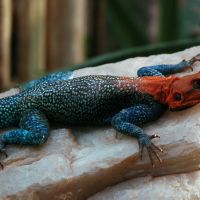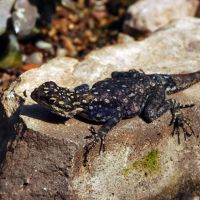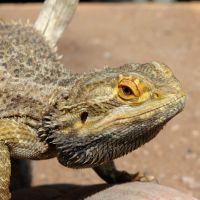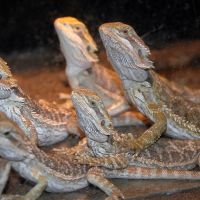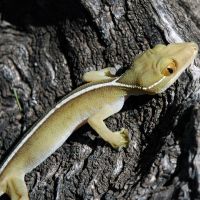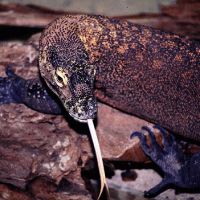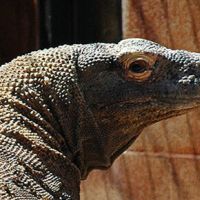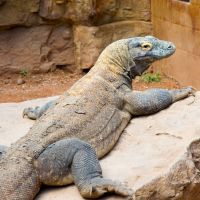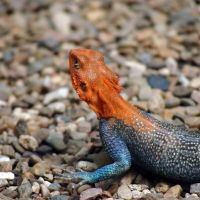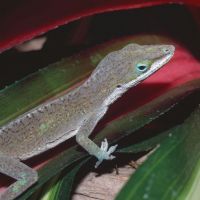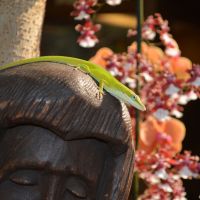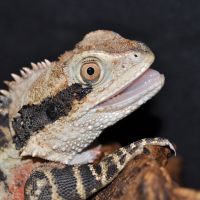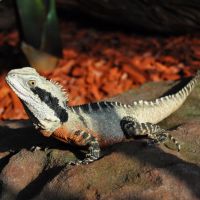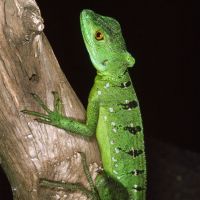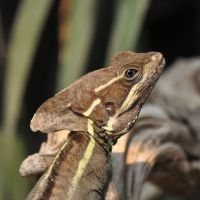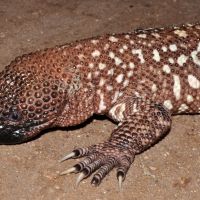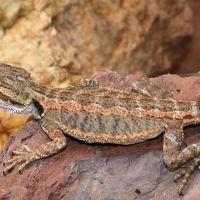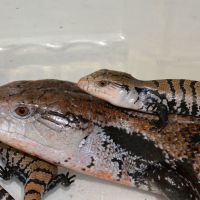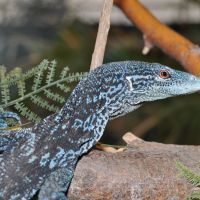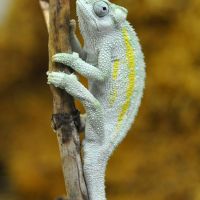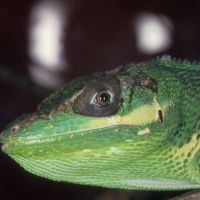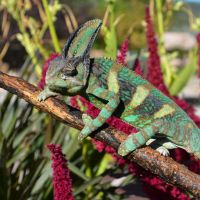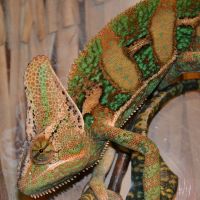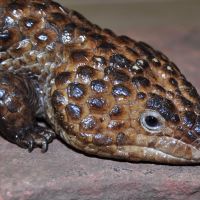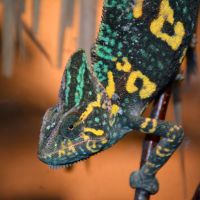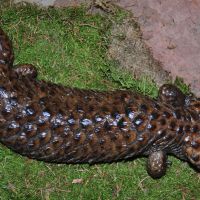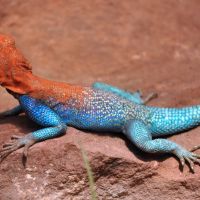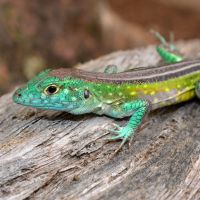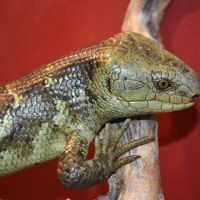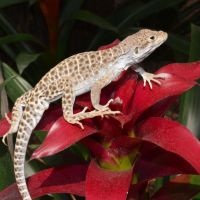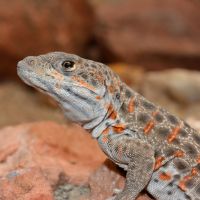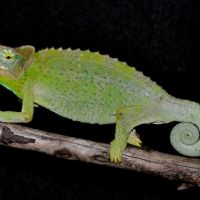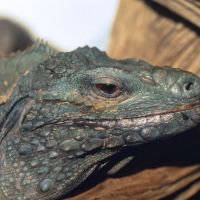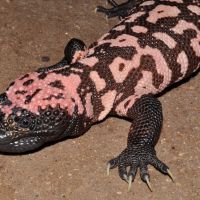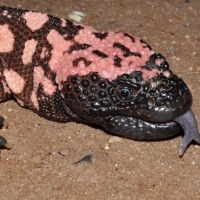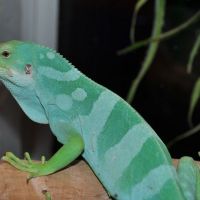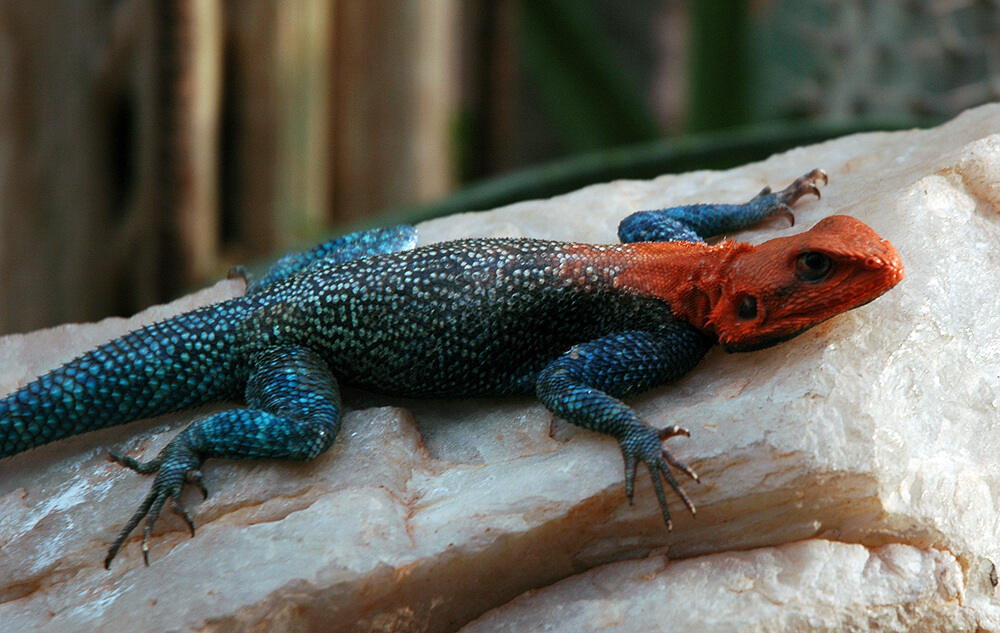Lizards
Lizards feature a tremendous variety in color, appearance, and size and comprises 40 different families. Due to their smooth and shiny appearance, some lizards can appear slimy or slippery. However, their skin – like all reptiles – is actually very dry due to a lack of pores to excrete water and oils.
Mobility
All lizards are capable of swimming, and a few are quite comfortable in aquatic environments. Many are also good climbers and fast sprinters. Some can even run on two legs, such as the Collared Lizard and the Spiny-Tailed Iguana.
Physical Characteristics
Some lizards change color in response to their surroundings or in times of stress. The most well-known example is the chameleon. More subtle color changes occur in other lizard species as well, such as the Anole, also known as the "American Chameleon," and "House Chameleon" or "Chamele."
Limb Regeneration
Many lizards are capable of regeneration of lost tails. To confuse a predator, they will deliberately drop portions of their tails when grabbed; as the tail continues to wiggle and flop with “life,” the lizard gets the chance to escape.
Diet
Lizards feed on a wide variety of foods including fruits and vegetation, insects, small mammals, birds, and amphibians, carrion and even (in the cases of large predator lizards) large prey such as deer and other big animals.
Venomous Varieties
Only three lizard species are clinically venomous: the Komodo Dragon, Mexican Beaded Lizard, and the Gila Monster.
Beaded Lizards are found along the western coast of Mexico and the Gila Monster in southwestern US into northern Mexico. Even though myths and legends surround these two creatures because their bite can cause serious injury, no human fatalities have ever been reliably recorded.
Recent research has also shown that Komodo Dragons are in fact venomous. This large species of lizard can be found in the Indonesian islands of Komodo, Rinca, Flores, Gili Motang, and Padar.
Lizards and Humans
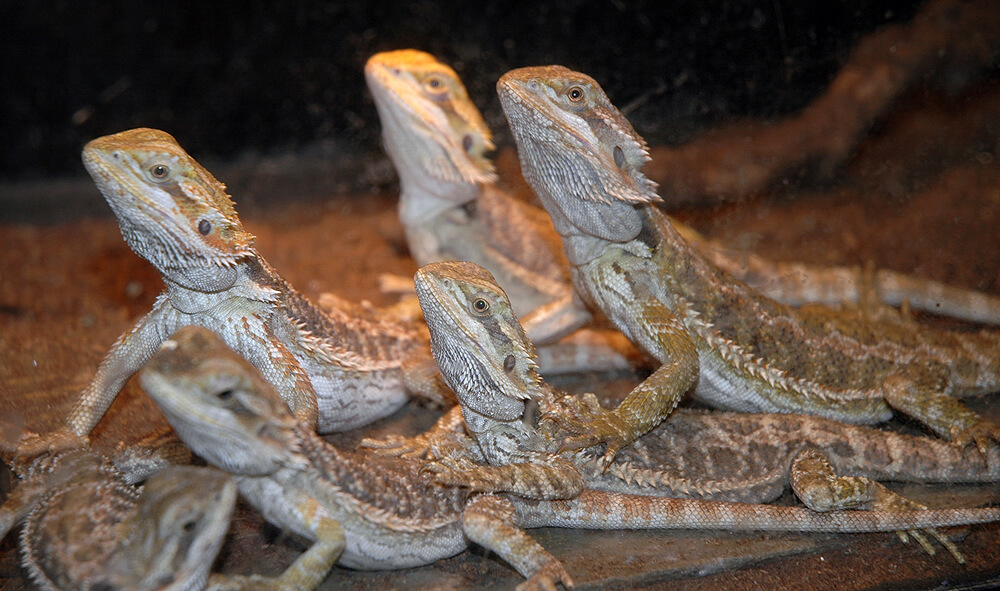
Most lizard species are harmless to humans. Only the very largest lizard species pose any threat of death.
The chief impact of lizards on humans is positive, as they are the main predators of pest species. Humans also keep many lizards as pets and some species are even eaten as food.
Visit our Sky Dome and experience free-roaming lizards, birds, turtles and a few friendly snakes.

